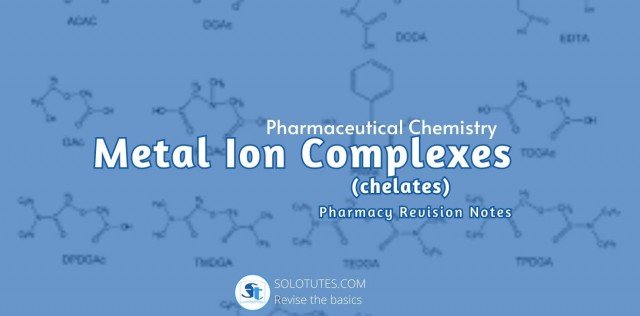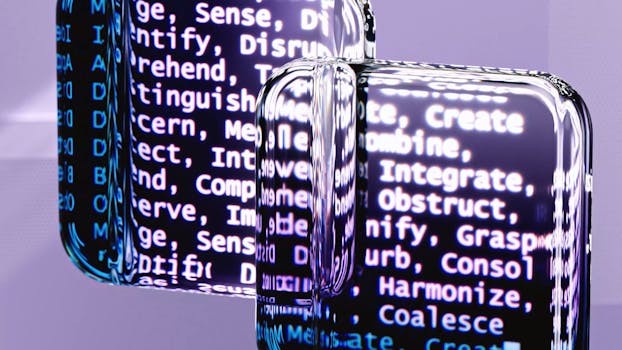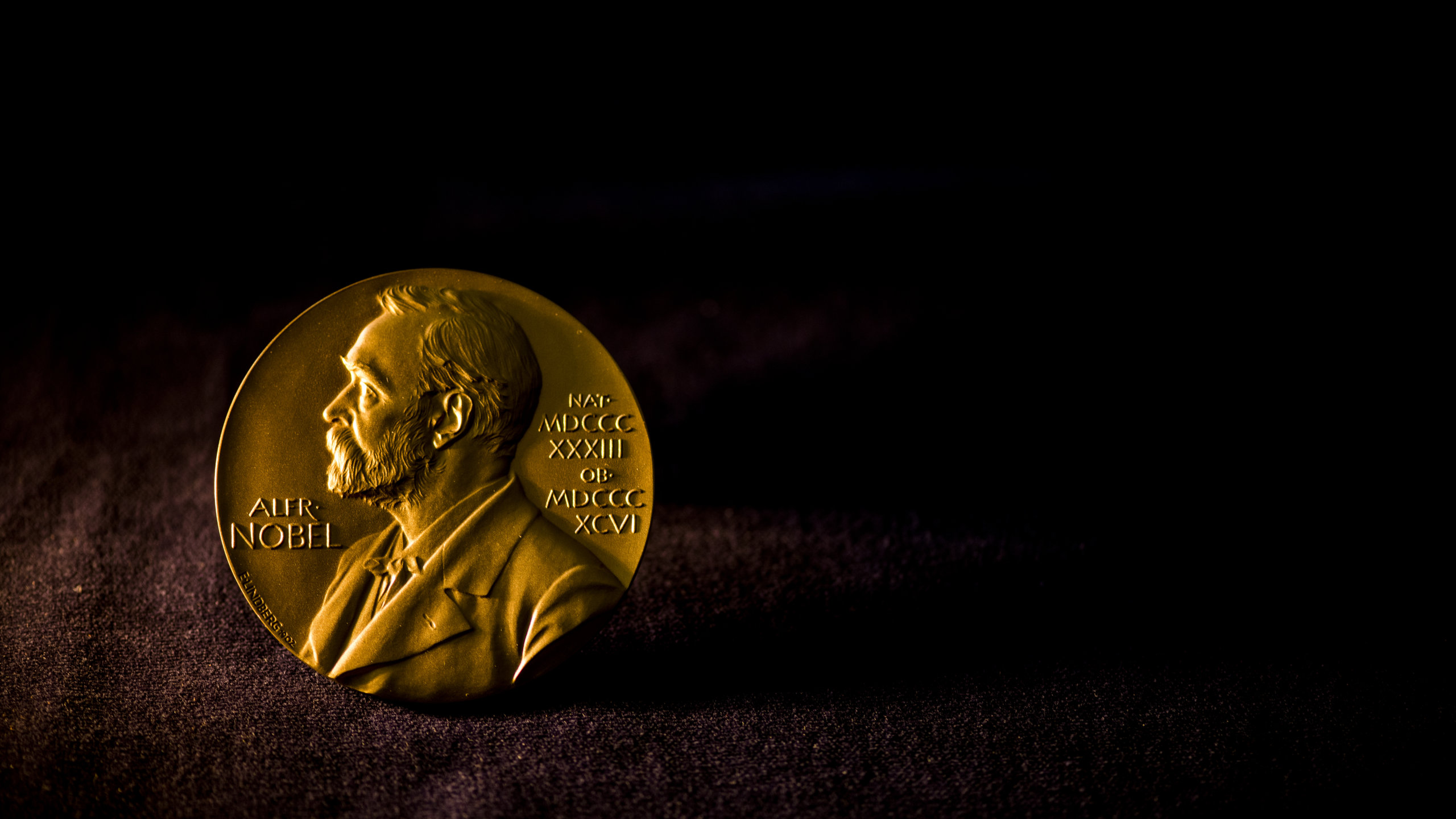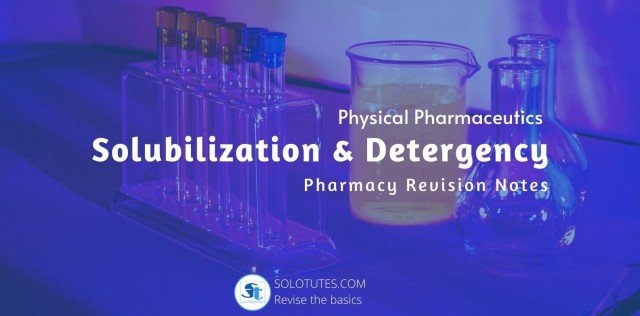CLASSIFICATION OF SURFACE ACTING AGENTS
Surfactants are classified into four classes based upon the composition of the polarity of the head group.
- nonionic,
- anionic,
- cationic,
- amphoteric.
A non-ionic surfactant has no charge groups in its head.
Anionic surfactants have anionic functional groups at their head, such as sulphonates, phosphates, sulfate and carboxylates. Alkyl sulfates include ammonium lauryl sulphate, sodium lauryl and the related alkyl-ether sulfates sodium laureth sulfate, also known as sodium lauryl ether sulfate (SLES), and sodium myreth sulfate. These are the most common surfactants and comprise the alkyl carboxylates (soaps), such as sodium stearate.
Other anionic surfactants include dioctyl sodium sulfosuccinate
(DOSS), perfluorooctanesulfonate (PFOS), linear alkylbenzene sulfonates (LABS)
and perfluorobutanesulfonate, as well as alkyl-aryl ether phosphates.
Cationic surfactants have positively charged head. Most of cationic surfactants find use as anti-microbials, anti-fungals, etc. Benzalkonium chloride (BAC), Cetylpyridinium chloride (CPC), Benzethonium chloride (BZT) are the common examples.
The cationic nature of the surfactants is not typically consistent with the world of non-ionic and anionic charges, and they disrupt cell membranes of bacteria and viruses. Permanently charged quaternary ammonium cations include: Alkyltrimethylammonium salts: cetyl trimethylammonium bromide (CTAB) and cetyl trimethylammonium chloride (CIAC).
Zwitterionic (amphoteric) surfactants have both cationic and anionic centers attached to the same molecule. The anionic part can be variable and include sulfonates while cationic part is based on primary, secondary, or tertiary amines or quaternary ammonium cations. witterionic surfactants are often sensitive to pH and will behave as anionic or cationic based on ph.
DETERGENCY
It is a complex phenomenon where surfactants are used for the removal of foreign matter from the solid surface. It may be a removal of dirt from the clothes or removal of dirt from the body surfaces. This process needs surfactants which act according to their characteristics and removal of the foreign matter from the surfaces takes place. The various characteristics of surfactants like; solubillizing, emulsifying, and wetting are utilized in the process of detergency.
The surfactants must have the characteristics to remove the dirt intact with the surfaces, into the bulk of the liquid. This can be achieved by reducing the interfacial tensions between dirt/water and solid /water and thus the force of adhesion (adhesive forces) between the dirt and the solid is reduced and the dirt particles may easily be detached. Once the particles are detached from the sold surface, immediately surfactants are adsorbed at the particle surface, turning them in to charged particles that prevent their further deposition. In case the foreign matter is oll or fat, it may be removed either by getting emulsified or solubilized.
.png)













.jpg)








 a quick overview on Nobel Prizes
a quick overview on Nobel Prizes  Pharmacy Notes: Solubilization and Detergency in Physical Pharmaceutics
Pharmacy Notes: Solubilization and Detergency in Physical Pharmaceutics